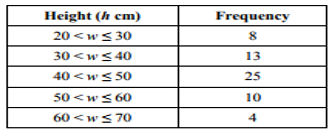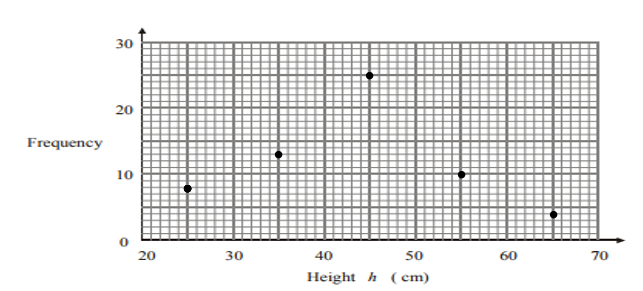What is a frequency polygon?
A frequency polygon appears in one of those questions that seem to be way more complicated than it actually is. There tends to be some data with these kind of signs ><>< and there's another frequency column and underneath there's a graph and you're supposed to somehow plot the frequency polygon. It looks a lot harder than it is and on this page, I'll explain how you would work them out and plot them correctly in the exam.



